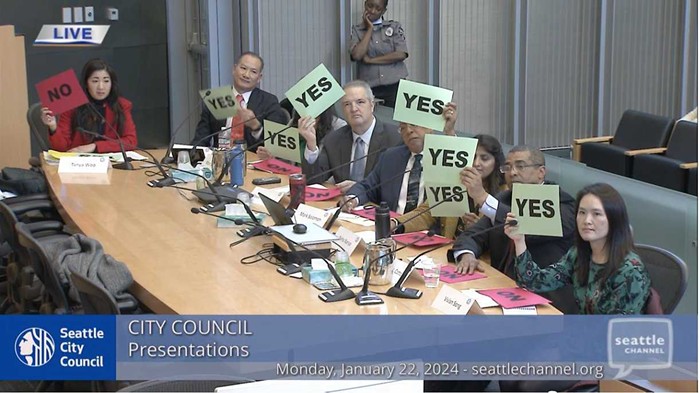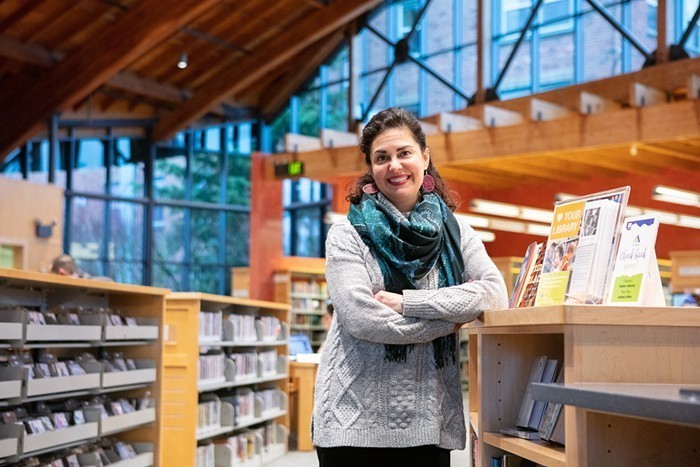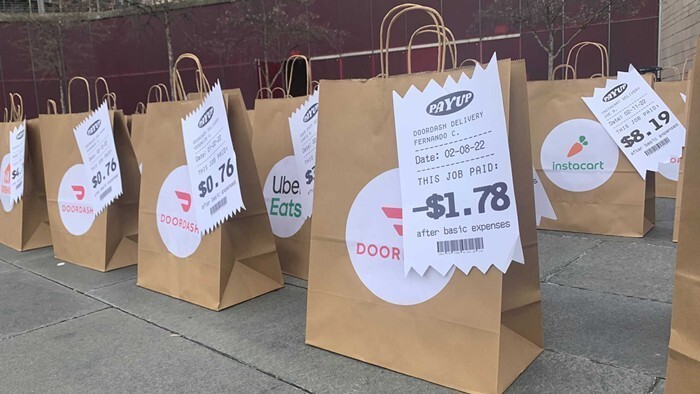"Roosiehood Blog on hiatus," reads the headline of the last post on the Roosevelt neighborhood blog, posted in September. "Sadly, we no longer have the time or resources to maintain [the site]." On My Green Lake, a good-bye letter from publisher Amy Duncan, posted last May, reads, "The time has come for me to move on to other projects." Then there are some without good-bye letters: The most recent post on First Hill Seattle is from October. My Wallingford: mid-December. U District Daily: last June.
Just a few years ago, it seemed like new neighborhood blogs were popping up every day. Now, not only are there fewer blogs, but the ones that survive seem to have less content. What happened?
In 2008 and 2009, the Seattle Times and the Seattle Post-Intelligencer crowed about "hyperlocal" blogs "taking over" and "blossoming"; the Seattle Times started a partnership with neighborhood blogs as "an interactive journalism project," sharing resources with the neighborhood sites and then linking to their coverage. Particularly after the P-I stopped its presses and went online-only—and newspapers around the country began to shrink as the publishing industry shifted—neighborhood blogs were seen as a savior for the city's journalism. "Newspapers, TV stations, etc. have dropped the ball in a major way on neighborhood reporting," says Wendi Dunlap, who runs Beacon Hill Blog. She says business openings, small crimes, and even big stories that originate in neighborhoods are "the things that bind a publication, or a broadcaster, into the local community."
Yet despite a "constant increase" in readership, Dunlap says she can't make a living running her blog. "The costs of hosting the blog are low, but I don't get paid for working on it because the ad revenue is also low... I think a lot of people assume that because there are ads on the blog, I must be drawing an income from it. But it's really not the case."
Tom Fucoloro, who runs Central District News, says, "A couple years ago, I was 100 percent sure [neighborhood blogging] was the way of the future. Now, I'm down to 80 percent."
Looking at the numbers can be grim: In mid-2010, the Magnolia Voice posted around 50 or 60 stories a month. Now it's somewhere in the 20s. Fremont Universe was posting with a similar frequency in 2010. In many months of 2012, they posted less than a dozen times.
A few neighborhood blogs are thriving, making their editors money and keeping up their posting schedule. The husband-and-wife team who run West Seattle Blog make six figures a year from their site. They're also well-known for their work ethic and crazy hours; WSB's Tracy Record told The Stranger last year, "We don't take the weekends off, we don't take the nights off." Justin Carder of Capitol Hill Seattle says he now makes "a wage commensurate with what I'd net in my first years working for a paper." He also says he "never stop[s]" working.
The folks who run these sites seem to agree on two things: One, the heyday of neighborhood blogs has passed, especially for the larger networks running more than one site. The network of local blogs run by company Next Door Media—including My Wallingford and U District Daily—has slowed way down, posting less and less frequently, and KOMO's neighborhood blog experiment has given up on hyperlocal, instead serving up the same citywide stories on all their neighborhood sites. Yet paradoxically, the bloggers who are still going say their readership is steadily increasing, even as the independent, often one-person operations struggle to keep it all going with slim ad revenue.
"Is there a sustainable business model that goes along with it?" asks Ravenna Blog's Rebecca Nelson. "That's the big question. And nobody, anywhere, knows the answer yet."
Fucoloro thinks the answer may lie in sites that are less a one-person labor of love and more a collaborative effort, with many neighborhood residents writing for the site and an editor moderating. That's actually how Central District News is supposed to work, but he doesn't get a lot of posts from the community. "I don't want to write the whole thing," he says. He has been asking himself, "What can I do to empower people to write for it?" For starters, he's decided to offer a series of free journalism classes, which he plans on teaching in a local cafe—he's calling it "Central District Journalism School," and there is already a waiting list.
But for now, Fucoloro, who makes about $12,000 a year running two blogs—he also founded and runs Seattle Bike Blog—is still basically on his own, working about 60 or 70 hours a week, with no benefits and no safety net. "If I wake up one day and need to get my appendix out, that's game over." ![]()



















